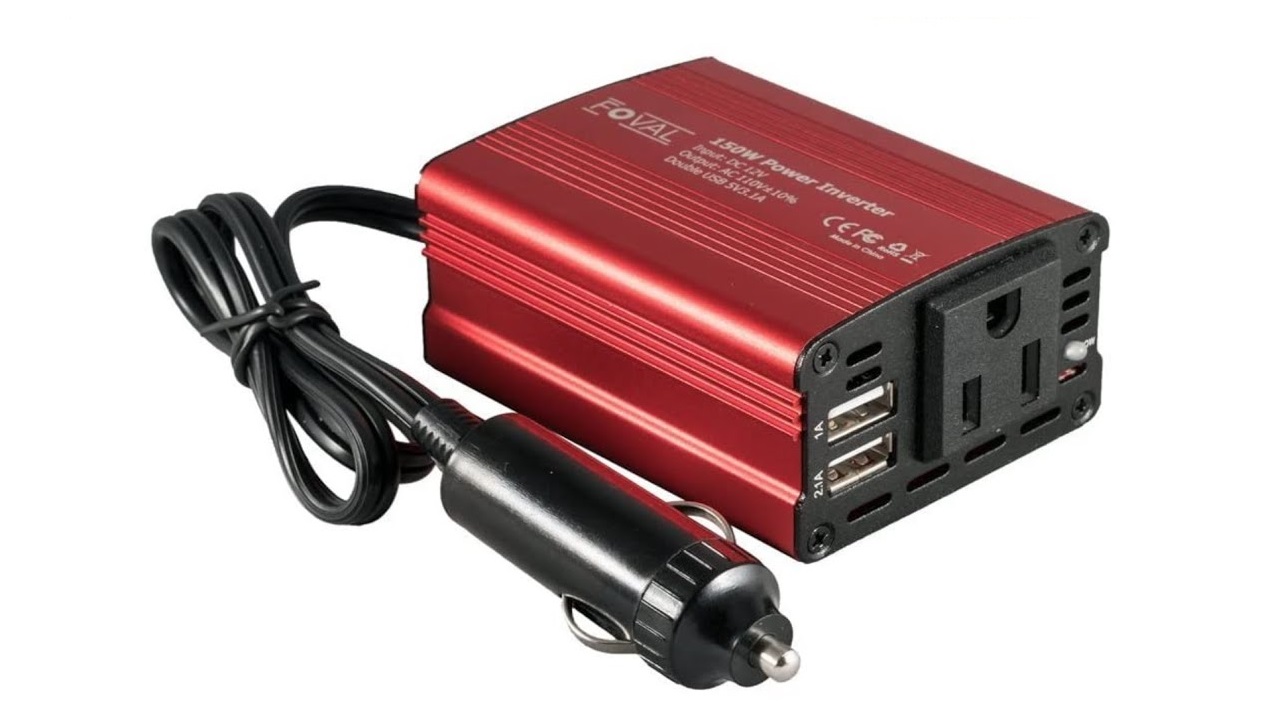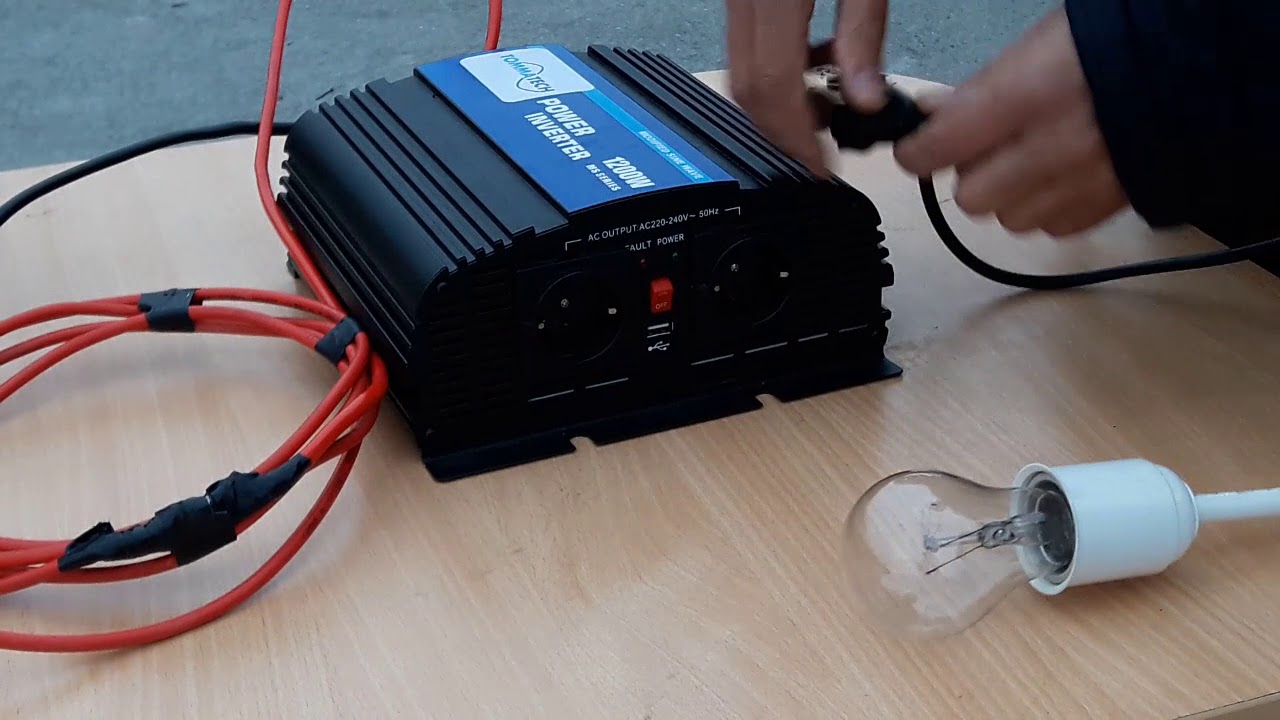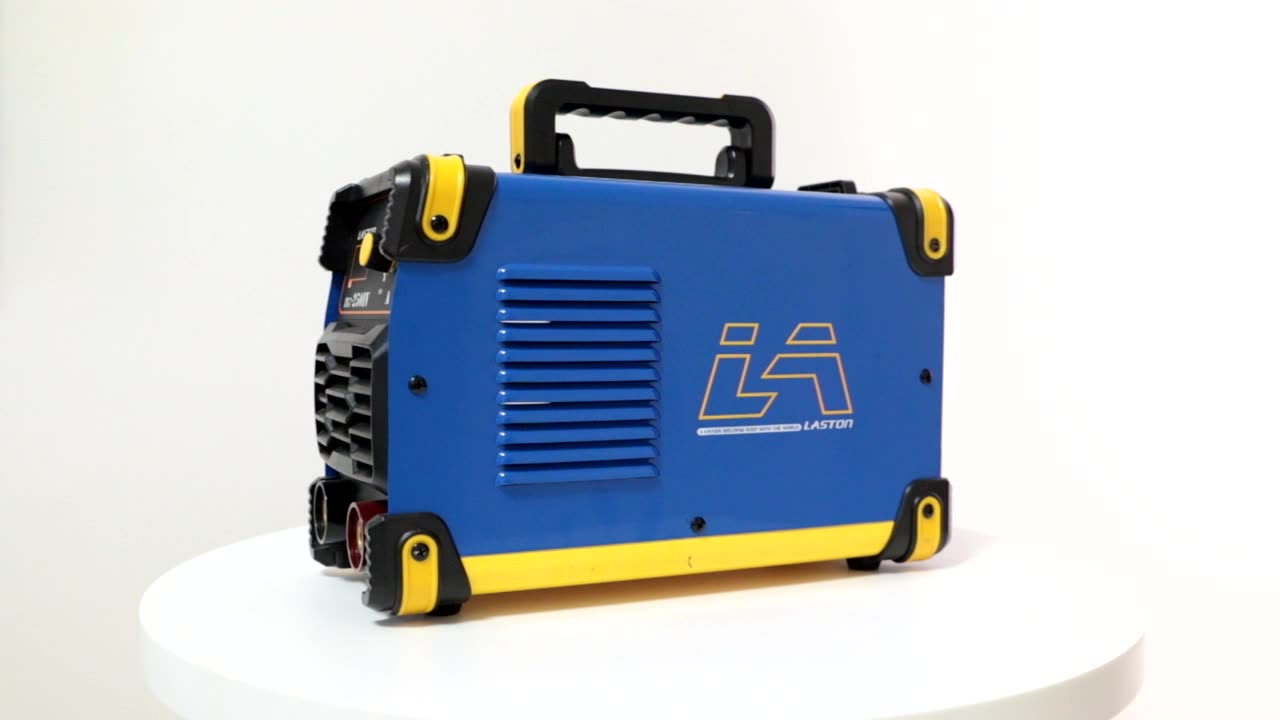Contrary to what is known, the power converter and power transmission device inverter, whose usage area is increasing day by day, never produces electricity, it only changes and transfers the current of electricity. Let’s take a closer look at the answers to questions such as what is an inverter, what is it good for, and let’s get to know this device in detail.
AC/DC is not just a band. It refers to two important currents of electricity we use today; direct current and alternating current. Regardless of the current of the electricity coming out of a power source, it is necessary to use some transmitters and converters to send a direct current to the target. The inverter is one of those converters. Contrary to what is known, a inverter It does not produce electricity, it provides transfer by changing current.
inverter, Although it varies according to the usage area, it is a very small device and has only one function; converting direct current to alternating current. From this point of view, it may not seem like a necessary device, but it can be a life saver, especially if you are working with a backup power supply at a distance from the main power supply. What is an inverter and what does it do? Let’s take a closer look at it.
What is an inverter?
Inverter, inverter or in Turkish, power converter; Direct current called DC to alternating current called AC It is a converting device. The power of the alternating current into which the current received by the inverter is converted; It can be of different voltages and frequencies depending on the transformer, switchgear and control circuits.
What does the inverter do?

inverter, It takes 12v direct current and converts it to 220v alternating current. The places where 12 v DC direct current is found are not the main power supplies where there is a continuous flow of electricity in general, but the backup power supplies that back up or store power.
The inverter not only converts DC direct current to AC alternating current, but also offers power savings. This is a very useful feature as the backup source it cycles is not unlimited. Moreover, since the electric current converted using the inverter reaches the different devices to which it is transferred at the right frequency, it also extends the life of the interior parts.
Where is the inverter used?

It would be more correct to ask where it is not used because there is almost no area where an inverter is not used. As we mentioned before, especially at points far from the main power source Using an inverter in all areas where energy flow is provided with a backup power source is both much more efficient and much safer.
The main usage area of the inverter is the areas where energy is produced from alternative sources such as wind and sun. Because such alternative sources The energy is first stored and then used. Inverters developed with different switching systems enable the stored energy to become a usable current.
How does the inverter work, what are its types?

First of all, there is an energy accumulation in the DC direct current source. This source is constantly opened and closed and A device that makes a switching is connected by boosting with transformers. This AC turns into alternating current as the primary side of the transformer is switched on and off by DC direct current voltage.
The inverter is the output stage of this whole process. Basically, it is possible to talk about three systems; push-pull, half-bridge push-pull and full-bridge push-pull with center tapping transformers. Push-pull with center tap transformers is simple, guaranteed and therefore popular, but heavy and has low efficiency.
Inverters can be used as square wave, pure sine wave and modified sine wave at the output stage. they use three different types of waves. Square wave is simple, cheap but lower quality. A true sine wave inverter is the best waveform, but it is a bit expensive and is used in important devices such as medical equipment.
A power inverter that converts direct current to alternating current What is an inverter, what is it for, how does it work We answered the curious questions and talked about some important details you need to know about this device. Even if the name is correct, not all current devices can be direct current.
